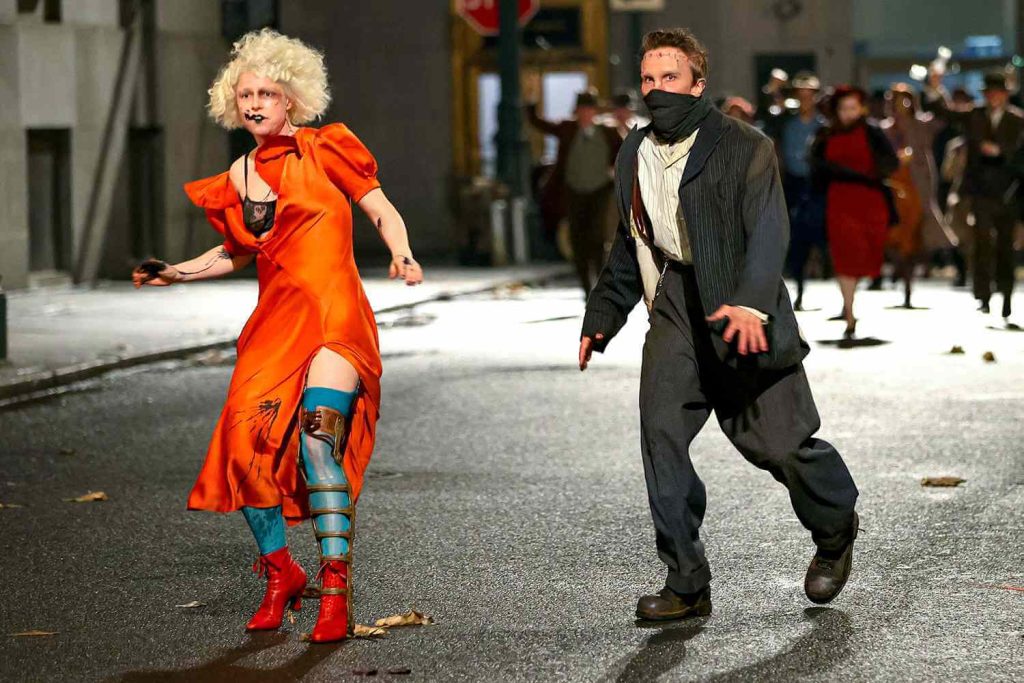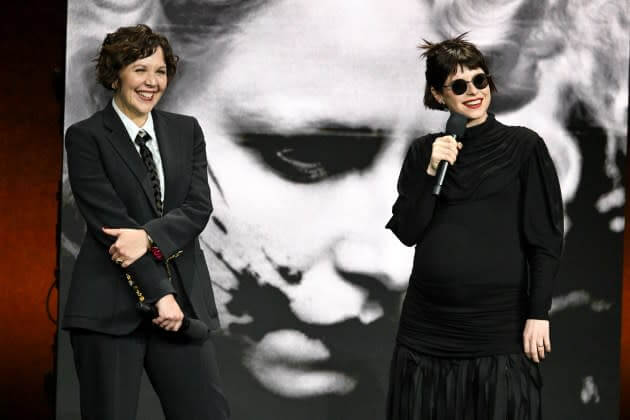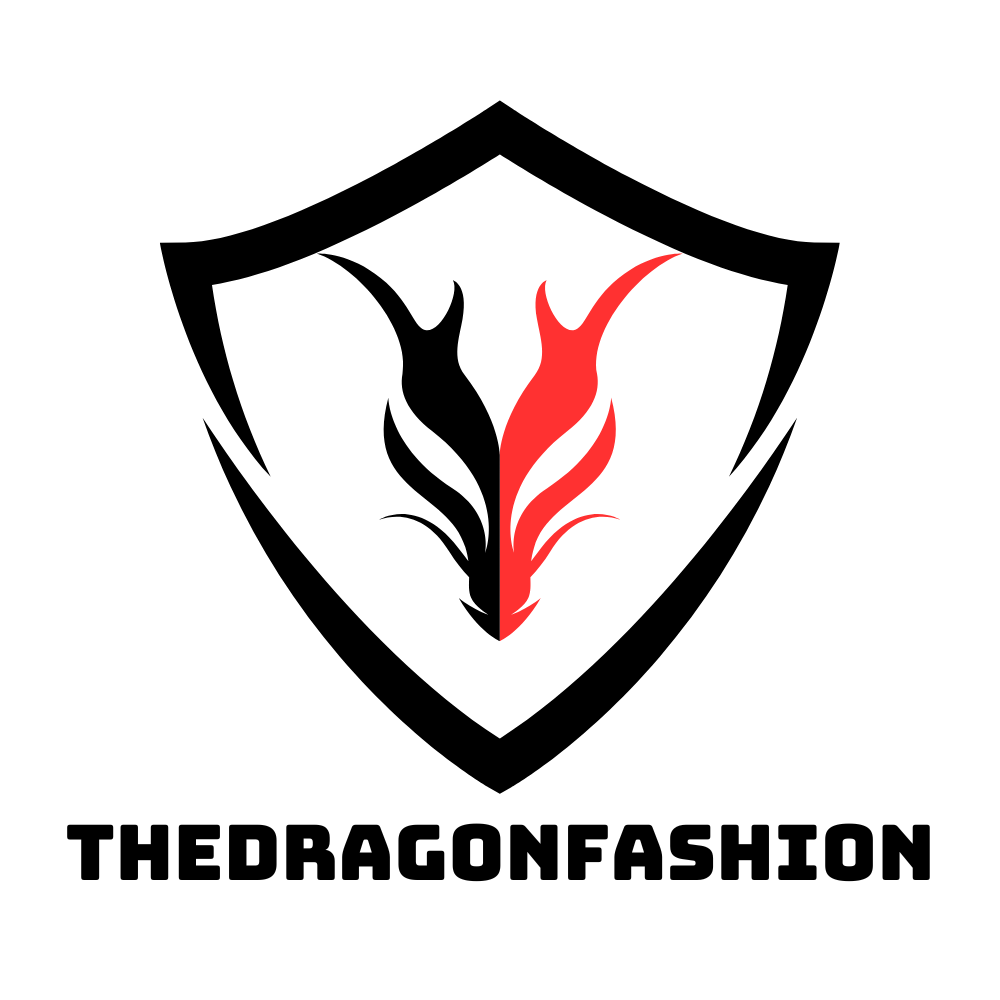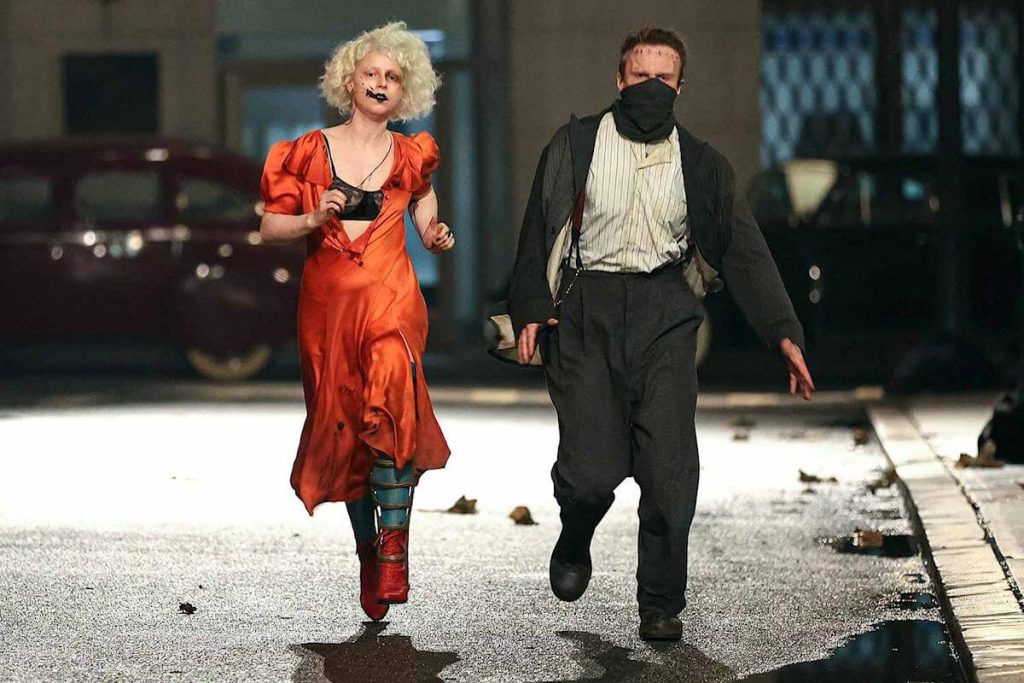World News
Maggie Gyllenhaal’s “The Bride”: A Punk Revival of Frankenstein’s Monsters
Introduction: A Radical Take on Classic Horror
At CinemaCon 2025, Maggie Gyllenhaal stunned audiences with her bold reimagining of The Bride, a feminist and rebellious spin on the classic Frankenstein mythos. With Jessie Buckley as the titular Bride and Christian Bale as Frankenstein’s monster, this film steps far beyond the horror genre’s traditional boundaries. Gyllenhaal’s second directorial feature, following her critically acclaimed debut The Lost Daughter, brings a unique perspective by blending romance, rebellion, and raw emotion. Drawing comparisons to infamous outlaw couples like Bonnie and Clyde, The Bride isn’t just a retelling—it’s a redefinition. Gyllenhaal revives the voice of a previously silent female character and adds an explosive, punk-infused energy that sets this version apart from any of its predecessors.

Character Chemistry: Buckley and Bale as “Monstrous” Lovers
At the heart of The Bride lies the electrifying dynamic between Jessie Buckley’s Bride and Christian Bale’s Frankenstein monster. Buckley described their relationship as “the punkest love that’s ever existed,” likening them to Bonnie and Clyde, but with gasoline in their veins and a match in hand. The chemistry between the two characters is intentionally chaotic, explosive, and emotionally raw. They aren’t softened for sympathy; they’re gritty, rebellious, and unapologetically violent. Bale’s portrayal of the monster offers menace with moments of human vulnerability, while Buckley breathes fiery independence into a character who was voiceless in the original 1935 film. Together, they offer a love story that is equal parts haunting and liberating, challenging notions of heroism and monstrosity in modern cinema.
A Director’s Vision: Gyllenhaal’s Feminist Reclamation
Gyllenhaal’s creative inspiration for The Bride was sparked at a party where she saw a tattoo of the original Bride of Frankenstein. Her curiosity led her to revisit James Whale’s 1935 film and discover that Elsa Lanchester’s version of the Bride never spoke. This silence became the foundation of her radical vision. She wanted to give voice to the character, exploring her autonomy, rage, and sensuality. Gyllenhaal views the “monstrous” parts of the characters not as flaws to be hidden, but aspects to be confronted and embraced. As she put it, “We all have a little aspect of something monstrous in us—you can run from it or shake hands with it.” This perspective fuels the film’s energy, offering not just a new story, but a provocative conversation on identity, power, and freedom.

Aesthetic and Atmosphere: Style That Shocks and Seduces
The Bride is more than just a character-driven film; it’s a full-throttle visual and emotional experience. At CinemaCon, Gyllenhaal presented an exclusive teaser featuring rapid, jarring scenes: the Bride tumbling down stairs, Bale’s monster violently attacking someone in an alley, and a haunting final image of Buckley’s head submerged in a glass vase. The tagline, “Here comes the motherf—ing bride,” signaled the film’s unapologetically bold tone. The aesthetics blend gothic horror with gritty realism and punk fashion, blurring timelines and genre expectations. The film aims to unsettle, provoke, and seduce, making every visual moment as emotionally charged as the narrative itself. Gyllenhaal’s commitment to style as storytelling ensures The Bride won’t just be remembered for its plot, but for how viscerally it connects with viewers.
Reclaiming the Narrative: Voice, Violence, and Vengeance
One of the most significant aspects of Gyllenhaal’s The Bride is its reclamation of a previously sidelined character. The original Bride was created solely as a companion for Frankenstein’s monster, yet rejected him and was quickly destroyed. In this version, she rises from that legacy with agency, fury, and purpose. Buckley’s Bride is not just resurrected physically—she is reborn as a symbol of rebellion. Her voice matters, her choices are central, and her violence is not shameful but empowering. Gyllenhaal resists the temptation to soften these monsters for palatability. Instead, she embraces their flaws and fractures, encouraging viewers to see the humanity within their monstrosity. It’s a film that doesn’t ask for approval but demands understanding, re-framing horror as a medium for psychological and political exploration.
Anticipation and Impact: A New Era for Monster Movies
As the teaser trailer and character previews continue to make waves online, The Bride is already being hailed as a game-changer in genre filmmaking. With powerhouse performances, a provocative narrative, and a visionary director at the helm, the film promises to breathe new life into Universal’s monster universe. More than just a horror film, it’s a genre-defying work that explores love, rage, identity, and freedom. Gyllenhaal has created a world where the so-called “monsters” are not only heroes—they’re mirrors of our own inner wildness. As audiences await its theatrical release, The Bride stands poised to redefine what a monster movie can be in the modern era: messy, magnetic, and monstrously human.
Conclusion: A Cinematic Revolution in the Making
Maggie Gyllenhaal’s The Bride isn’t simply a remake—it’s a revolution. With Jessie Buckley and Christian Bale leading a film that dares to challenge conventions, this Frankenstein-inspired tale offers not just terror, but transformation. Gyllenhaal has given a once-silent character a voice and a vengeance that resonates with today’s viewers. The Bride asks us to consider: What happens when the monsters stop running from their nature and start embracing it? As CinemaCon attendees buzz with anticipation and critics dissect the teaser’s bold imagery, it’s clear this film is more than an homage—it’s a landmark moment in modern storytelling. Expect it to haunt theaters—and conversations—for years to come.
From thedragonfashion


